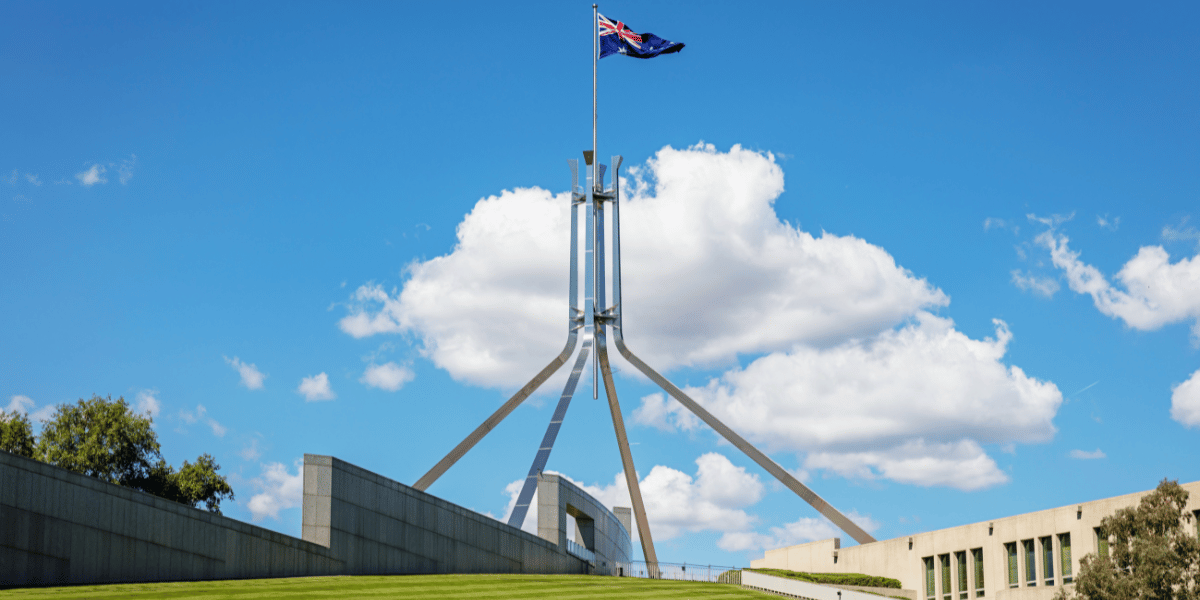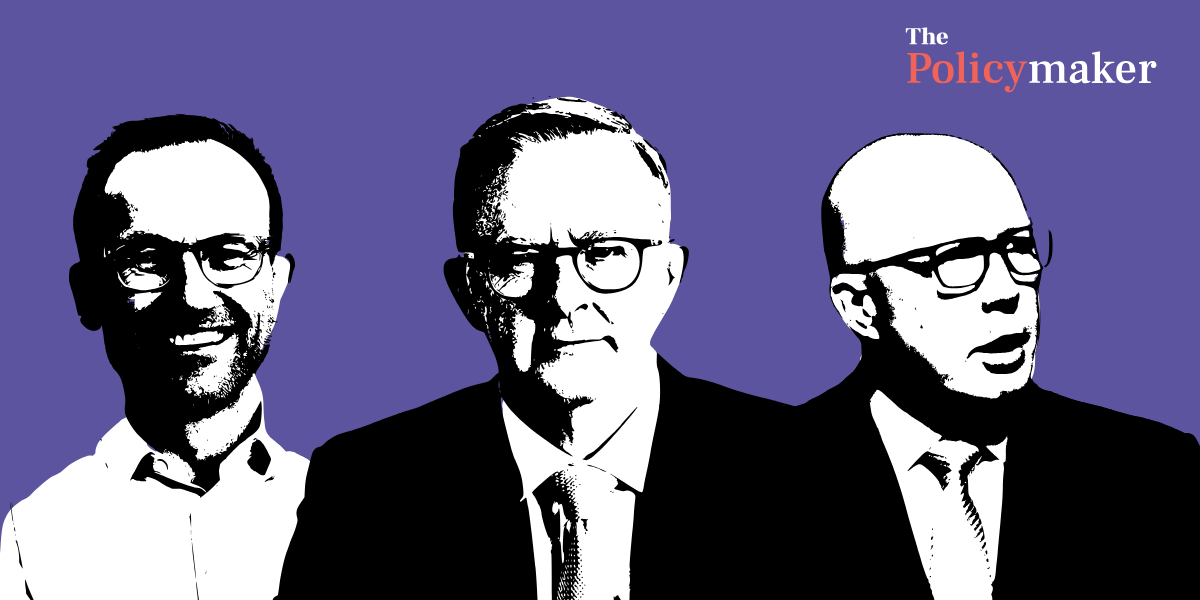The harms and costs of alcohol to Australia are clear. Government needs to mandate effective messaging around alcohol consumption.
For many Australians, the festive weeks between Christmas and Australia Day are boozy ones. When cracking open a beer or bottle of wine this holiday season, many drinkers will find a friendly little directive printed on the packaging reminding them to “drink responsibly”.
But what does that actually mean? “Drink responsibly” messages—included solely at the discretion of manufacturers—are ambiguous, and ignore the complexities associated with what should be considered healthy drinking.
With new regulations doing away with the old “gamble responsibly” tagline in favour of a more evidence-based approach, now is the time to follow suit for alcohol products and advertising. For warnings on alcohol products and advertising to be effective in changing drinking behaviours, we must move away from the self-regulation model. Warnings must be made mandatory by law, and their content must be determined by public health authorities to ensure they are both evidence-based and effective.
A deadly national habit
Alcohol use is pervasive in Australia: in 2019, 82 per cent of males and 77 per cent of females aged over 18 were current drinkers. More than 1 in 5 Australian adults binge drink, and it is estimated that roughly 6 per cent of males and 3 per cent of females aged over 15 have an alcohol use disorder. The harms to our society associated with drinking—physical, mental, social and economic—are substantial. In 2017-18, for example, alcohol caused over 5,000 deaths, 100,000 hospital episodes, and $60 billion in losses to our economy. Alcohol alone is estimated to be responsible for roughly 8 to 9 per cent of the total health burden in Australia. In 2022, the alcohol-induced death rate was at its highest in ten years.
It goes without saying that reducing these harms should be a public health priority. This requires a multi-pronged approach: governments in Australia define standard drinks and provides low-risk drinking guidelines, ban the sale of alcohol to minors, run public health campaigns, tax alcohol, put limits on alcohol availability and minimum unit pricing, and support school-based prevention programs (which can be particularly effective).
For maximising reach, warnings accompanying alcohol products and advertising should be a crucial piece of the puzzle. Unfortunately, apart from new mandates for pregnancy-specific messages on beverage labels, the inclusion of these warnings in Australia is voluntary. When companies do choose to include a warning, they tend to use some version of “drink responsibly”—a platitude now commonplace globally—or refer consumers to the DrinkWise website, an organisation established by the alcohol industry that promotes similar responsible drinking messages. Even then, these warnings get little coverage, both in size (labels) and airtime (advertising).
What’s wrong with the “drink responsibly” line?
Campaigns centred around the idea of responsible drinking are best viewed as an effort by industry “social aspects/public relations organisations” (SAPROs) to pre-empt harsher regulation and reframe alcohol as a matter of individual responsibility rather than a public health issue. At first glance, “drink responsibly” may sound reasonable. But for the public, this is an ambiguous message. For example, researchers found that the message “Drink Properly” was frequently interpreted to encourage “looking cool” when drinking, or drinking the right kind of alcohol.
Much of this ambiguity comes from the lack of detail on how much alcohol, consumed over what time frame, constitutes “drinking responsibly”. At a minimum, reference should be made to the National Health and Medical Research Council (NHMRC) low-risk drinking guidelines, which recommend a maximum of ten drinks per week, and no more than four in one sitting. This can be an effective way of increasing awareness of safe drinking limits.
Even then, the NHMRC guidelines reflect risk for the average person, and are not applicable when individual-specific vulnerabilities are at play. “Drink responsibly” messaging focuses on those who are able to drink responsibly to establish that drinking can be safe. In fact, by exploiting uncertainty in research regarding potential protective effects of low-level consumption, it is often implied that drinking can be positively healthy. But for many conditions and many people, the reality is quite different.
For example, it is well-established that for several types of cancer, any amount of alcohol increases a person’s risk. The same goes for liver disease and accidents or injury. Put another way, when it comes to avoiding these conditions, the most responsible kind of drinking is to not drink at all.
Similarly, there are periods across the lifespan when people are particularly susceptible to alcohol and its effect on brain health, including gestation, adolescence, and older adulthood. Additionally, some individuals may find themselves unable to maintain “responsible drinking”. Despite a focus on individual responsibility, addiction is not a simple matter of willpower. So again, for pregnant people, minors, or those with alcohol use disorder who are unable to maintain controlled drinking, the most responsible kind of drinking is to not drink at all.
It’s time for government regulation
It’s clear that self-regulation doesn’t work—studies have found that messages and advertisements produced by the alcohol industry are less persuasive than those made by public health authorities. Unsurprisingly, there is no clear evidence that “drink responsibly” slogans are effective in reducing risky drinking. While the new requirements for pregnancy warnings on beverage labels are a step in the right direction, a more thorough overhaul is required.
Online gambling companies are now required to replace the “gamble responsibly” slogan on all advertising with one of seven evidence-based taglines. Alcohol warnings should follow suit. They should be mandated by law and their content should be clear, evidence-based, and externally determined. Reference should be made to the NHMRC’s low-risk drinking guidelines. Gambling companies must also rotate those seven messages to counter desensitisation. For alcohol, this is also advisable.
Lessons could also be learned from tobacco product packaging, with evidence that warnings highlighting causal links between alcohol and specific health outcomes (e.g., cancer) can be particularly persuasive. In fact, Ireland and South Korea already mandate that cancer warnings be displayed on alcoholic beverages.
Finally, warnings on products and advertising should be prominent and visible, and should not presume drinking.
“Responsible drinking” messages and alcohol industry self-regulation have never served the public health interest. Public health policies, including warnings on products and advertising, should be designed with the most vulnerable in mind. It’s time for government-mandated, evidence-based warnings for alcohol products and advertising. With alcohol one of the leading causes of disease burden among Australians, responsible messaging around alcohol needs to be taken seriously.
Rachel Visontay is an NHMRC-funded PhD candidate at the Matilda Centre for Research in Mental Health and Substance Use at the University of Sydney. Her research explores relationships between alcohol and long-term health outcomes, with a focus on identifying causal effects.
Professor Maree Teesson AC FAHMS, FASSA is an NHMRC Leadership Fellow, Director of the Matilda Centre & Director of the NHMRC Centre of Research Excellence in Prevention and Early Intervention in Mental Illness and Substance Use (PREMISE) at the University of Sydney. Prof Teesson is a former National Mental Health Commissioner (2018-2021), former member of NHMRC Council (2018-2021), an Australian Academy of Health and Medical Sciences Fellow and a Fellow of the Australian Academy of Social Sciences.
Associate Professor Louise Mewton is a University of New South Wales Scientia Fellow and public health researcher with a focus on the epidemiology, assessment, prevention, and treatment of alcohol use and related disorders across the lifespan. She currently leads the Dementia Risk Factors Group at the Centre for Healthy Brain Ageing, University of New South Wales.
Image credit: Gilaxia / Getty images














